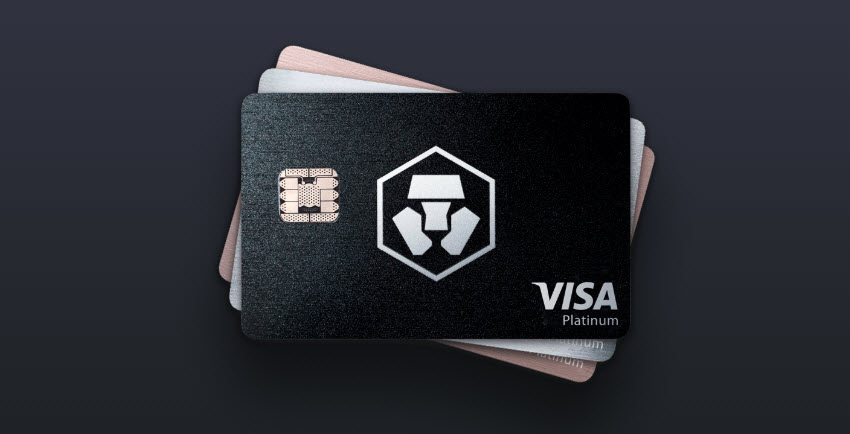The ability to spend crypto as easily as one might spend traditional fiat currency has long been sought after by many. The rise of new crypto cards in Australia promises users the luxury of spending their digital assets as they would traditional currency. This could arguably close one of the last significant gaps between decentralized currency and fiat currency.
Related Reading | The Market Needs Crypto Cards For Daily Purchases, Not Another Wallet For Coins
A wave of products that promise investors immediate transaction with their digital profits is steadily flooding the market. These products are marketed as simple and fast ways to spend cryptocurrency, with many rewarding users for doing so. CoinJar, Australia’s longest-running exchange recently launched a card backed by Mastercard. It is said to be the first “Australian-native” crypto card.
Basically, it allows users to buy, sell, and spend digital assets directly from its platform using local dollars. CoinJar’s card supports up to 30 different cryptocurrencies. On Tuesday, Cryptospend announced it would launch a Visa card from September. Crypto.com, a global app, is perhaps the best-known crypto card in Australia. It also runs a loyalty spending program as an additional service.
Of all these products, only one – Crypto.com – acknowledged a major issue left unclear to the public. That is the possibility that users could be taxed on all purchases.
The Tax Cost Of Using Crypto Cards
Every card transaction has to be recorded with the Australian Tax Office. Consequently, these transactions are likely to be subject to capital gains tax (CGT). This may result in users paying more than the retail price for any purchase they make.
An Australian Tax Office (ATO) spokesperson said to Business Insider Australia, “For tax purposes, crypto-to-fiat debit cards are treated the same as any other cryptocurrency transaction. At the point of sale, the cryptocurrency is converted into Australian dollars, which triggers a CGT event.”
According to Mark Chapman, H&R Block director of communications, the risk of the card is that it hides that responsibility for users. “Cryptocurrency debit cards come with a ticking tax bomb,” Chapman told Business Insider Australia. “Taxpayers need to be aware of this before signing up for one of these cards or be prepared for a nasty tax surprise down the line.” The ATO spokesperson urged people to keep accurate records of all transactions. “It’s best to keep records as you go, saving copies of receipts and using spreadsheets or crypto accounting software.”
Crypto total market cap rises above $2 trillion | Source: Crypto Total Market Cap on TradingView.com
For this reason, Crypto.com makes users sell their assets manually before allowing them to spend the profits. “The whole point of having that friction is to create a conscious decision by the investor to liquidate the asset that they want to liquidate based on their tax obligations and financial circumstances,” Asia Pacific general manager Karl Mohan told Business Insider Australia.
Mohan says the app also has a built-in tax tool to help users keep on top of their obligations.
How Crypto Cards Work
There are various types of cards available: credit, debit, and prepaid cards. They are quite easy to use. Currently, the cards don’t allow cardholders to spend in cryptocurrency directly. The exchange between crypto and traditional currency is initiated at the point of sale. Crypto holdings are transferred out of a customer’s wallet and Australian dollars directly into their bank account.
Related Reading | 5 Best Crypto Cards That You Should Know About
Cryptocard.com explains, “When it comes to crypto credit cards, the ‘crypto’ part only relates to the crypto rewards you earn on your card spending. The card itself is funded by the line of credit provided to you by the card provider. That means, when you use the card day-to-day, you are funding those transactions with your line of credit in fiat currency, rather than cryptocurrency.”
“Crypto debit cards and prepaid cards work slightly differently. With these cards, cryptocurrency is drawn from your wallet and converted into fiat currency at an exchange rate determined by the card. You then spend or withdraw the fiat currency as required, using the Visa, Mastercard, or EFTPOS network.”
Featured image from Crypto News AU, Chart from TradingView.com
